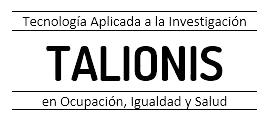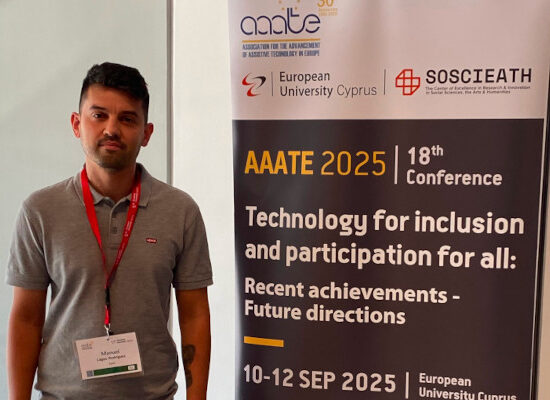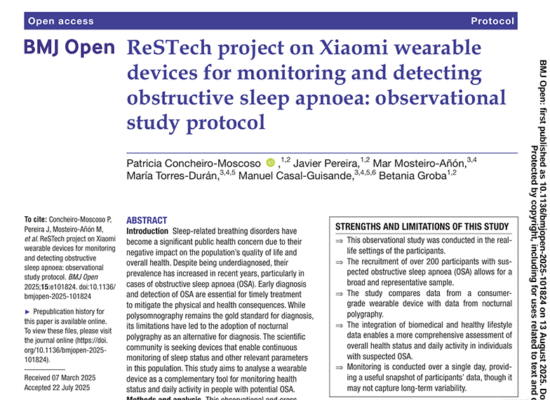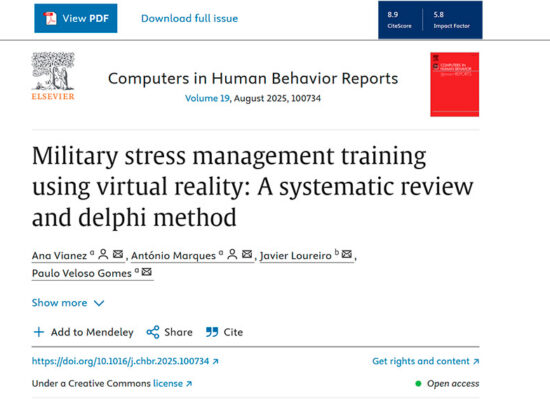Background: In today’s society, low levels of physical activity are observed in the child and adolescent population, which can cause numerous pathologies, such as obesity and mental health problems. Objective: This article aims to compile all the contexts and scenarios where it is possible to increase the levels of daily physical activity of children and young people, and which have significant scientific support. Method. To do so, a literature review was carried out examining four key contexts for intervention: school, extracurricular, family, and socio-community. Results: The results indicate that the school context, with strategies such as physical education classes and active breaks, is crucial but insufficient on its own, so it is essential to complement it with interventions in extracurricular, family, and socio-community environments. The involvement of families, access to adequate infrastructure such as parks and green areas, and the responsible use of technology, including active video games and the role of influencers on social networks, are presented as key elements to combat a sedentary lifestyle. Conclusions: It is important to highlight the importance of establishing socio-educational programs that adopt a comprehensive approach to promote physical activity in children and youth, highlighting the scientific evidence that supports the effectiveness of intervening in multiple scenarios. This review concludes that a coordinated approach between different actors (schools, families, communities) is necessary to ensure that children and youth reach adequate levels of physical activity, which not only improves their physical health, but also their mental well-being and cognitive development.
Acceso al artículo
https://doi.org/10.3390/children11121475





